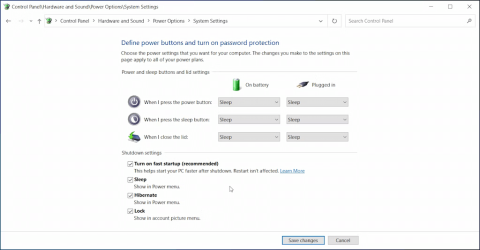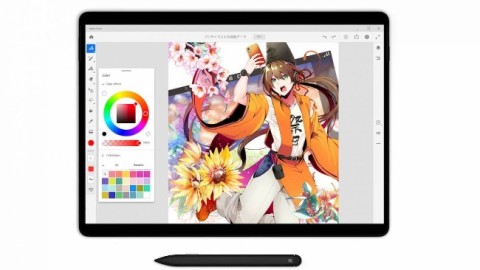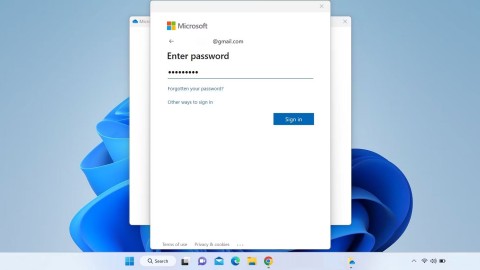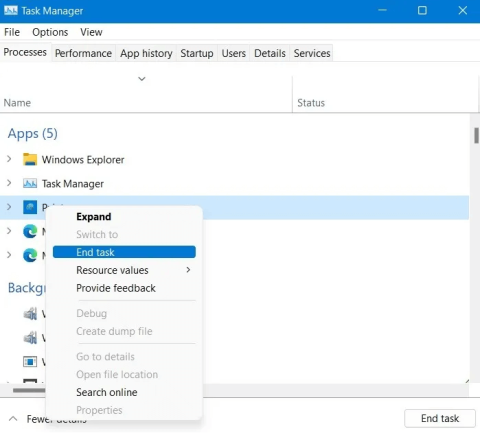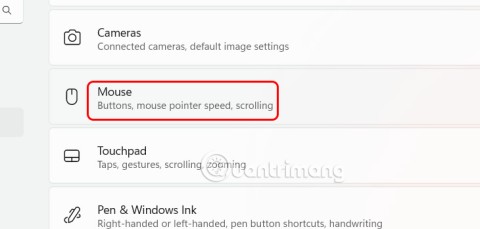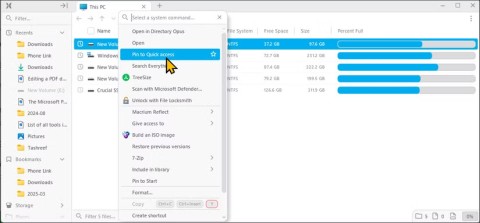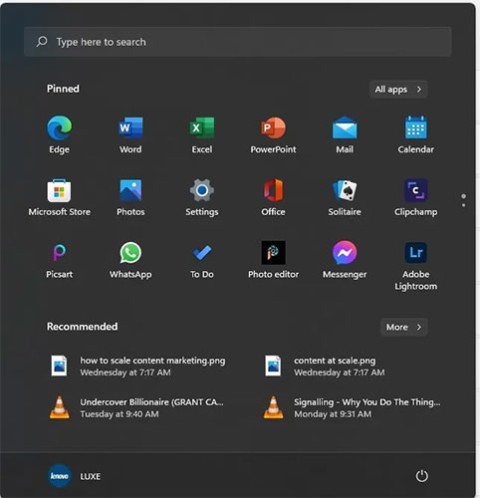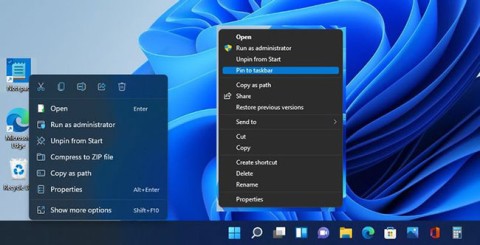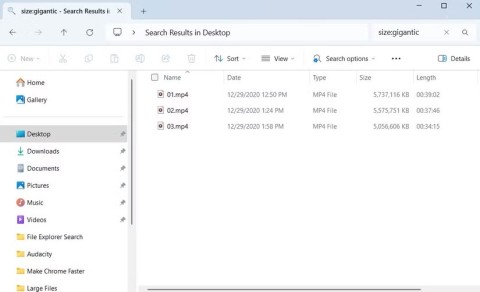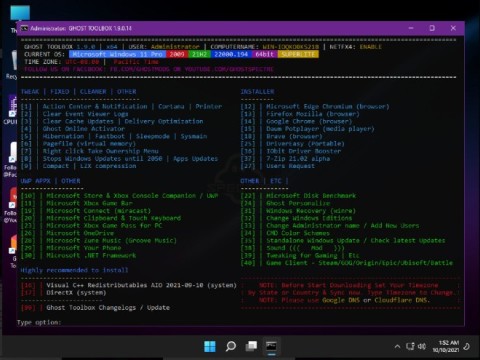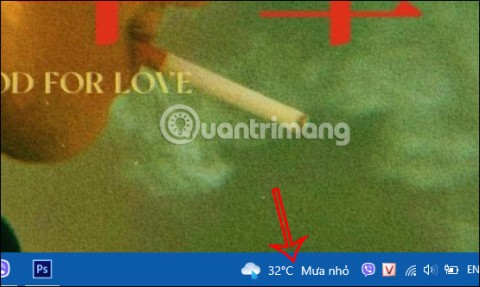28 Windows 11 shortcuts you should know and use often
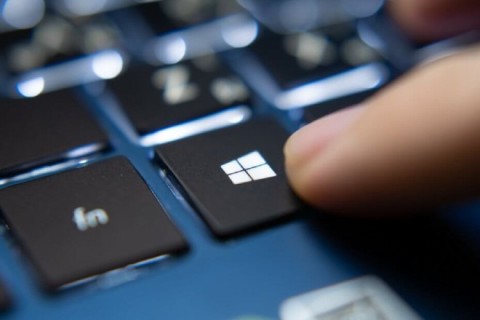
28 new Windows 11 shortcuts in addition to familiar Win 11 shortcuts will help you work faster and more efficiently.
Did you know that you can display seconds on the Taskbar? By default, you can click on the time displayed on the Taskbar and a pop-up will display the time with seconds. If you want them to always be displayed on the Taskbar to know the exact time to the second, then keep these methods in mind!
Add seconds to the clock by changing system settings
One of the most popular and easiest ways to add seconds to your system tray clock is to change the system settings. Here's how:
1. Open the Settings menu by pressing the Win + I hotkey .
2. Select Personalization from the left pane, then select the Taskbar option in the following window.
3. Click the drop-down icon next to Taskbar behaviors .
4. Scroll down and check the Show seconds in the system tray clock box .
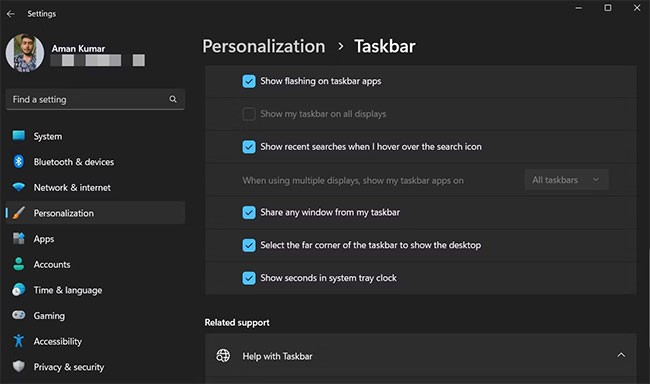
All operations are complete. Close the settings menu and restart your computer for the changes to take effect.
Note that this method will only work with Windows 11. If you have Windows 10 or 8, you can try the other methods mentioned below.
Display seconds on the system clock using Command Prompt or Windows PowerShell
If you are a power user, you can run commands in Command Prompt or Windows PowerShell to configure the display of seconds on the system tray clock. To do this in Command Prompt, follow the instructions below:
1. Open the Start menu by pressing the Win key.
2. In the search bar, type CMD and select Run as administrator from the right pane.
3. Type the following command into the Command Prompt window with admin rights and press Enter.
powershell.exe Set-ItemProperty -Path HKCU:\Software\Microsoft\Windows\CurrentVersion\Explorer\Advanced -Name ShowSecondsInSystemClock -Value 1 -Force
Now, to do this in Windows PowerShell, follow the steps below:
1. In the Start menu search bar, type PowerShell and select Run as administrator from the right pane.
2. Type the following command into the PowerShell window with admin rights and press Enter.
Set-ItemProperty -Path HKCU:\Software\Microsoft\Windows\CurrentVersion\Explorer\Advanced -Name ShowSecondsInSystemClock -Value 1 -Force
All done! Your system clock now shows extra seconds.
If you want to remove seconds from the system clock, you can also do it using Command Prompt and PowerShell. To do this using Command Prompt, execute the following command in a CMD window with admin rights.
powershell.exe Set-ItemProperty -Path HKCU:\Software\Microsoft\Windows\CurrentVersion\Explorer\Advanced -Name ShowSecondsInSystemClock -Value 0 -ForceAnd to do this using PowerShell, run the following command in a PowerShell window with admin rights.
Set-ItemProperty -Path HKCU:\Software\Microsoft\Windows\CurrentVersion\Explorer\Advanced -Name ShowSecondsInSystemClock -Value 0 -ForceHow to Display Seconds by Editing the Registry
Warning:
Registry Editor is a powerful tool and misusing it can render your system unstable or even inoperable. This is a fairly simple procedure and as long as you follow the instructions, you shouldn't have any problems.
However, if you've never worked with the Registry Editor before, learn how to use the Registry Editor before you get started. And remember to back up the Registry (and your computer!) before making changes!
Start by opening the Registry Editor . Type regedit into the Start menu and launch the utility. Accept the administrator prompt and you will be in the Registry. As always, be careful here as one wrong move can cause system problems.
Unlock Advanced key by following this path:
HKEY_CURRENT_USER\Software\Microsoft\Windows\CurrentVersion\Explorer\Advanced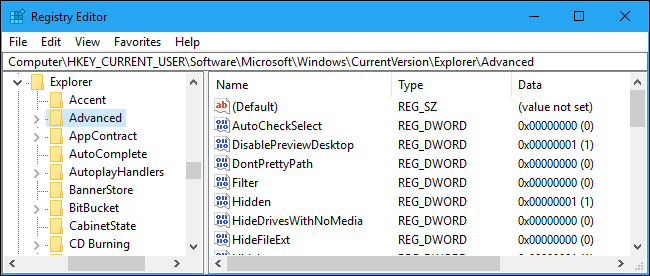
Right-click the Advanced folder in the left sidebar. Select New > DWORD (32-bit Value).
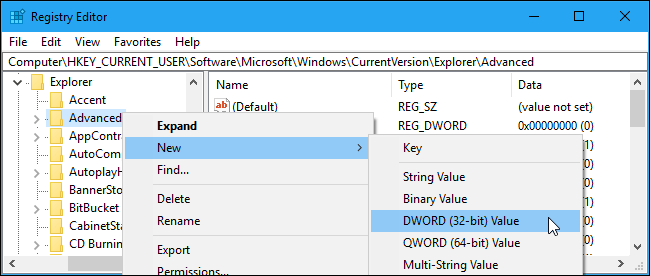
Name it ShowSecondsInSystemClock.
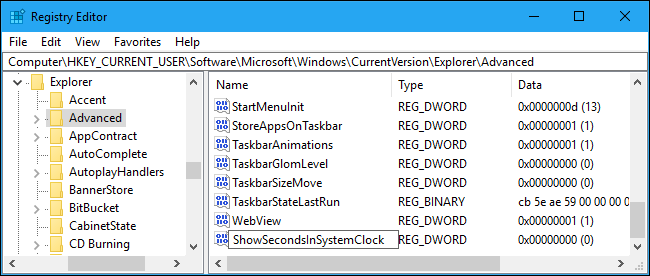
Next, double-click this value in the right panel. In the Value data field , set the value to 1 . Click OK to save the changes, then close Registry Editor. After you sign out and sign back in to your account, you should see the seconds displayed on the clock.
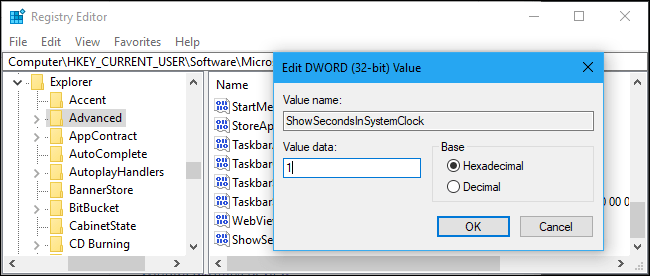
If you don't want to display the seconds anymore, go back to the Registry, change the value to 0 or delete it.
How to display seconds using ZIP file
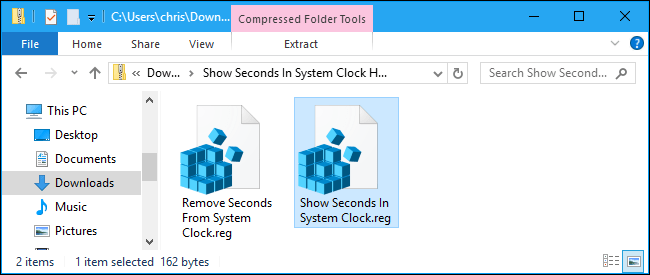
If you don’t want to edit the Registry yourself, you can use the following downloadable registry hacks. There are two hacks: One that will display the seconds in the system clock, and one that will reverse the change and hide the seconds from the clock. Both are included in this ZIP file . Double-click the hack you want to use, agree to the prompts, then log out and log back in for the changes to take effect.
These hacks also set the ShowSecondsInSystemClock value in a similar way to the one described above. Running the "Show Seconds In System Clock" file will create a ShowSecondsInSystemClock value with a value data of 1 , while running the "Remove Seconds From System Clock" file will remove the ShowSecondsInSystemClock value from your Registry.
If you’re curious to see what these or any other .reg files do, you can right-click on them and select “Edit” to view their contents in Notepad. And, if you enjoy experimenting with the Registry, you should learn how to create your own registry hacks.
You may also be interested in displaying the current day of the week on the taskbar clock . This can be done without accessing the Registry, as you can easily customize the date format that appears below the time from the standard Control Panel interface.
Good luck!
28 new Windows 11 shortcuts in addition to familiar Win 11 shortcuts will help you work faster and more efficiently.
How to restore the Sleep option on the Power Menu, please refer to the article below of WebTech360.
At the Qualcomm Snapdragon Summit on October 22, Microsoft announced a series of improvements coming to Windows PCs that will improve the overall experience for musicians, music producers, and other audio professionals.
Previously, Adobe Fresco only supported devices with touchscreens and styluses.
Do you see a red circle with a white cross to the left of your files, folders, or Windows drives? If so, it means OneDrive is out of sync and the folders affected by this issue are not syncing properly.
Turning off background applications on Windows 10 will help your computer run less sluggishly and save system resources. The following article by WebTech360 will guide readers on how to turn off background applications on Windows 10.
If you only use your mouse for common tasks, it is not necessary to enable mouse acceleration. Here are instructions for turning off mouse acceleration in Windows 11.
File Pilot is a lightweight, clean, and feature-rich file manager that outperforms the Windows default tool in every way.
In this series of articles we will introduce you to how to customize the default user profile in Windows 7.
Ransomware Protection is a useful feature that comes with Windows 11 to help secure users' devices against Ransomware attacks.
When your Windows PC has problems booting, Advanced Boot Options can help you figure out what's wrong.
Windows 10 is well supported. Software and hardware compatibility issues are rare. On the other hand, there have been major compatibility issues with Windows 11.
A quick and effective solution is to identify and delete large, space-consuming files that are hiding on your computer.
Like other Windows operating systems, Windows 11 still contains software and components that make the machine heavy.
If you want to review weather information, show the weather widget again on the Windows 10 Taskbar, follow the instructions below.
